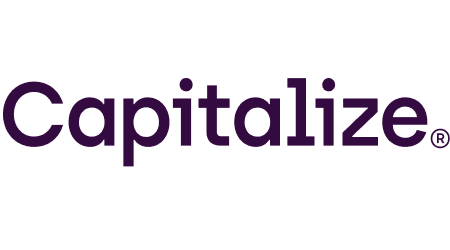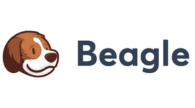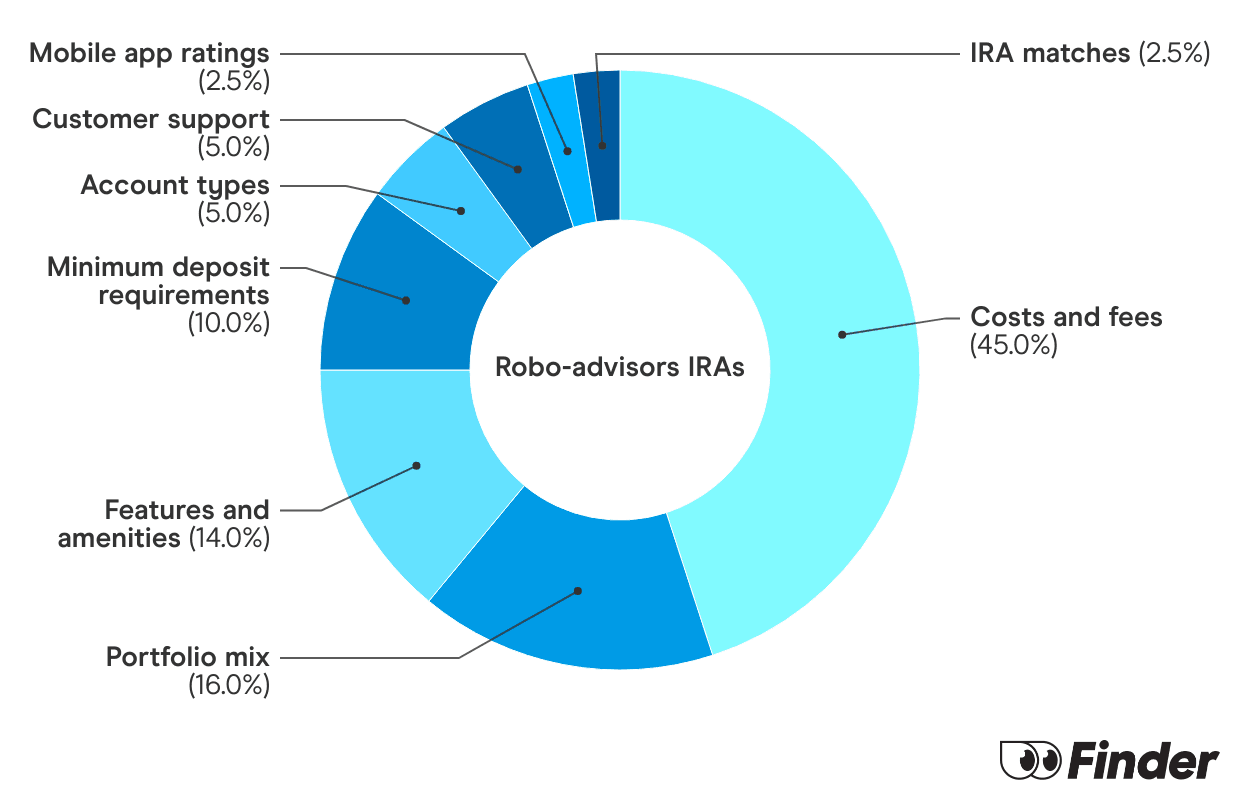Here’s how to roll over a 401(k).
How do I roll over my 401(k)?
You have several 401(k) rollover options when it comes to transferring your 401(k) from an old job. The process may vary depending on what type of retirement account you choose.
Roll over a 401(k) into another 401(k)
- Confirm that your new 401(k) plan accepts 401(k) transfers.
- Complete a transfer form with your new plan’s provider, which generally requires your personal information like your Social Security number, your employee info and details about your old 401(k) plan.
- Contact your previous employer to see if you need to complete any additional paperwork.
- The new and old plan sponsors approve the transfer.
- Your old provider issues a check to distribute your 401(k) account balance.
- Your new provider deposits the check and purchases investments according to your plan instructions.
Roll over a 401(k) into a Roth IRA
- Compare and pick your new Roth IRA provider.
- Find out whether your new company allows you to roll over your 401(k) directly to a Roth IRA. Otherwise, you may need to roll over your 401(k) funds into a traditional IRA first and then convert it to a Roth IRA.
- Fill out a rollover request with your new broker.
- Ask your previous employer if there are any forms to fill out on their end.
- Both your new and old providers approve the transfer.
- If your new brokerage doesn’t allow you to contribute your 401(k) directly to a Roth IRA, your previous plan sponsor will distribute your 401(k) into a traditional IRA.
- Open a new Roth IRA.
- Fund your Roth IRA using the distribution from your traditional IRA.
- Since a Roth IRA is funded with after-tax income, you’ll need to pay income taxes on the amount that you transfer into your Roth IRA.
Roll over a 401(k) into a traditional IRA
- Compare and select a new brokerage for your IRA.
- Submit a rollover form with your new company.
- Complete any additional documents your previous plan’s provider may require.
- Your old and new sponsors approve the rollover.
- Your current financial company issues a check to your new IRA provider.
- Your new IRA company deposits the check into your account.
Roll over a Roth 401(k) into a new 401(k)
If you currently have a Roth 401(k), you must transfer the funds to another Roth account.
Roll over a Roth 401(k) into a new Roth 401(k)
- Verify that your new employer offers Roth 401(k) retirement accounts and allows transfers.
- Complete a transfer form with your new employer’s Roth 401(k) sponsor.
- Reach out to your old company about its rollover process, including any additional paperwork you may need to fill out.
- Both your old and new employers approve the transfer.
- Your old plan’s Roth 401(k) provider issues a check to your new company.
- Your new Roth 401(k) company funds your account with the check.
Our picks for 401(k) search and rollover services

- Free 401(k) search and rollover process
- Find your old 401(k) with Capitalize’s proprietary technology
- Guided rollovers to an IRA of your choice

- Find all your old 401(k)s and their hidden fees
- Borrow from your Beagle 401(k) or IRA with 0% net interest
- Robo-advisor available if you roll over your 401(k) to Beagle
Advantages of rolling over a 401(k)
Rolling over your 401(k) has distinct benefits, including consolidating your retirement accounts and potentially avoiding fees your previous plan may charge former employees.
Transferring your 401(k) to your new employer’s 401(k) plan lets you continue to fund your plan while deferring taxes until you withdraw from the account. And if you continue working at the same company, you may delay the required minimum distributions (RMD) when you turn 72.
Since individual retirement accounts (IRA) are individually owned, rolling over your 401(k) to an IRA means you don’t have to worry about rolling your account over again if you change jobs. And IRAs generally have more investment choices than employer-sponsored 401(k) plans.
Keeping a 401(k) where it is
Employers generally allow you to keep your 401(k) where it is if your account balance is over $5,000. If you’re happy with your current investment options and management fees, you may consider leaving your money where it is.
But if you change jobs often, you could end up leaving behind a series of 401(k) plans that could prove challenging to manage. And if you’re no longer working for the company that sponsors the account, you may need to withdraw the required minimum distribution (RMD) from each account every year when you turn 72.
Avoiding penalties and fees when rolling over a 401(k)
There are several ways to avoid incurring taxes and penalties when rolling over a 401(k). When initiating a transfer request, it’s best to request a direct rollover so your old plan administrator can make the payment directly to your new retirement plan or IRA.
If your distribution is paid directly to you instead of directly to your new retirement plan or IRA, your employer will withhold 20% of the amount. And you’ll have 60 days to roll it over to another plan and make up the funds for the taxes withheld, or the IRS will treat it as a taxable withdrawal, which may be subject to income tax and early withdrawal penalty if you’re under 59 and a half years old.
Compare retirement accounts
What is the Finder Score?
The Finder Score crunches 147 key metrics we collected directly from 18+ brokers and assessed each provider’s performance based on nine different categories, weighing each metric based on the expertise and insights of Finder’s investment experts. We then scored and ranked each provider to determine the best brokerage accounts.
We update our best picks as products change, disappear or emerge in the market. We also regularly review and revise our selections to ensure our best provider lists reflect the most competitive available.
Read the full Finder Score breakdown
Paid non-client promotion. Finder does not invest money with providers on this page. If a brand is a referral partner, we're paid when you click or tap through to, open an account with or provide your contact information to the provider. Partnerships are not a recommendation for you to invest with any one company. Learn more about how we make money.
Finder is not an advisor or brokerage service. Information on this page is for educational purposes only and not a recommendation to invest with any one company, trade specific stocks or fund specific investments. All editorial opinions are our own.
do not lose those balances
How much do you have for retirement?
| Response | Contributions | Balance |
|---|---|---|
| Amount | $7,409.56 | $196,192.48 |
With the average adult contributing $7,410 per year to their retirement, it pays to be on the lookout for lost funds. In fact, the average retirement balance currently sits at $196,192.
Bottom line
Be sure to weigh all your options when considering rolling over a 401(k), including tax implications and potential penalties. If your new employer’s 401(k) isn’t a good fit, compare brokerages to find the right IRA for your retirement goals.
Frequently asked questions
More guides on Finder
-
5 best Roth IRA investments [with insights from CFPs]
The best Roth IRA investments may include a mix of index funds, dividend stocks, bond funds and other long-term investments.
-
5 Best Sep IRA Providers of 2024
Explore the pros and cons of the best SEP IRAs and learn how to open one of these accounts.
-
6 best rollover IRA accounts of 2024
Explore the advantages and shortcomings of the best rollover IRAs for beginners, mobile trading, advanced traders and more.
-
How to retire early – 5 steps to early retirement
Learn how to retire early with practical steps, age-specific advice and insights for a secure future.
-
Beagle review 2024: Find all your old 401(k)s once and for all
See how Beagle can find all your old 401(k)s, uncover hidden 401(k) costs and roll over your accounts.
-
Retirement investing
What you need to know to start building your retirement nest egg.
-
9 best Roth IRA accounts of 2024
Check out our picks of the best Roth IRA accounts for beginners, options traders, hands-off investors and more.
-
9 best IRA accounts of 2024 if you’re saving for retirement
Check out our picks of the best IRA accounts for beginners, options traders, hands-off investors and more.
-
How to find your old 401(k): 4 ways and what to do next
National databases can help you uncover lost funds, but you’ll want a safe place to store them.
-
Capitalize review 2024: Free 401(k) search service
See if Capitalize’s free 401(k) search and rollover service is right for you.
Ask a question

